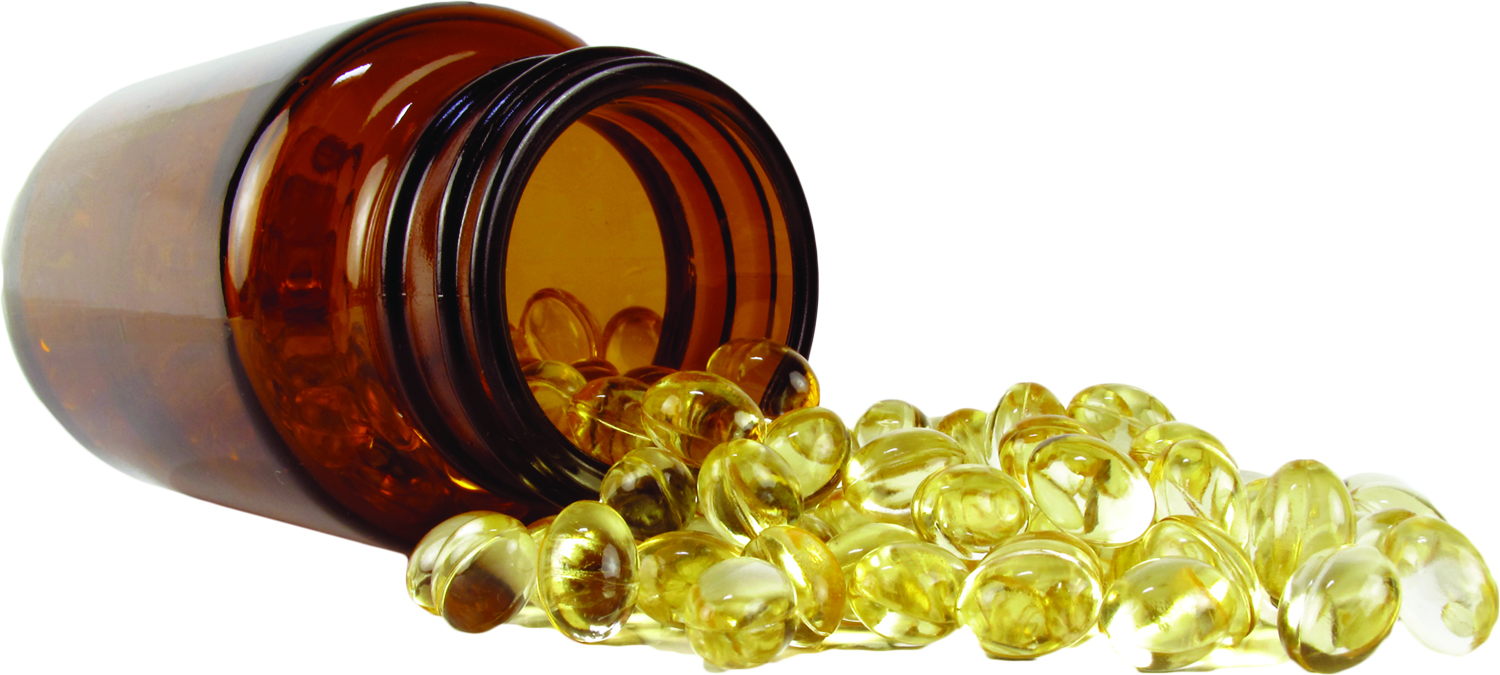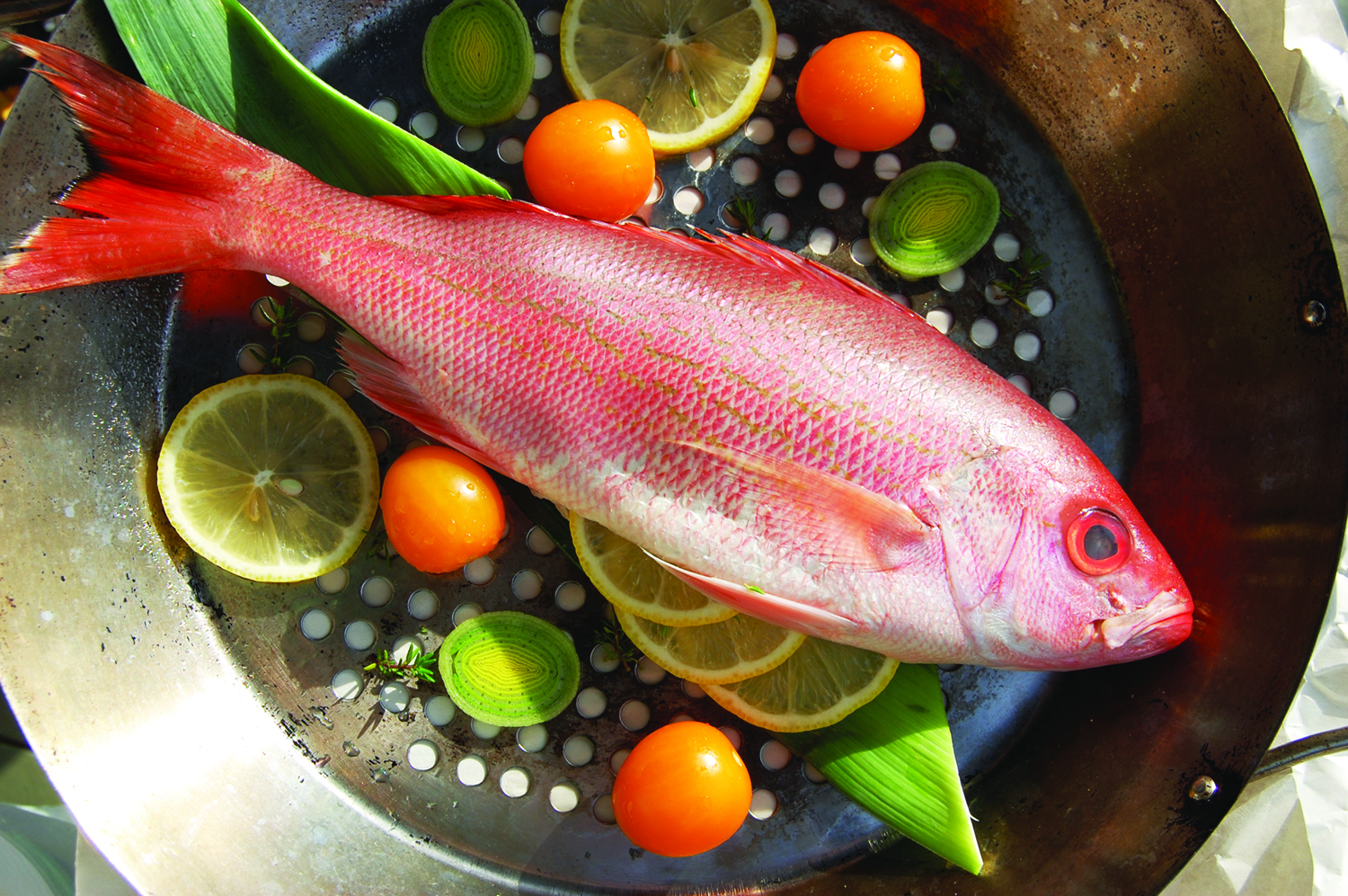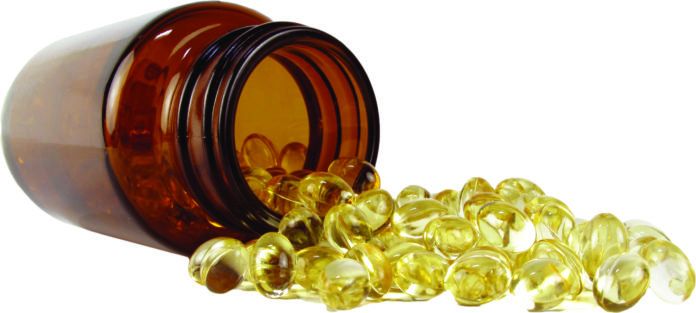Lately the labels we depend on to make wise nutritional choices seem to be full of question marks. So far this year, headlines have warned that the calorie counts on many foods may be inaccurate, supplements might not contain as much of the vitamins as they promise, and the fish we buy could be mislabeled.

MENU NUMBERS: This recent round of what can you trust? questions follows a 2009 investigation by Tufts expert Susan B. Roberts, PhD, into the calorie claims on chain-restaurant menus and frozen supermarket meals. Roberts, director of the HNRCA Energy Metabolism Laboratory, was updating her book The Instinct Diet, retitled in paperback as The i Diet
I went into the lab and said, I dont believe these calorie numbers, Roberts recalls, So we went out and started collecting foods and sampling their contents.
Roberts and colleagues tested 29 restaurantdishes and 10 frozen dinners-all supposed to be among the lower-calorie choices at Boston-area eateries and groceries-and found the numbers often varied widely from reality. The restaurant selections averaged 18% more calories than claimed, while the frozen alternatives to eating out averaged 8% extra calories. Five of the restaurants provided side dishes at no extra cost that werent included in the calorie counts; the average calorie addition from these side dishes-471-was actually greater than the average 443 calories in the entres they accompanied.
Even a few extra unexpected calories every day can add up, Roberts says. For example, 5% extra calories per day for an individual requiring 2,000 calories a day could lead to a 10-pound weight gain in a single year. Theres a big drumbeat for putting calories on menus, but thats only useful if the calories are right.
What you can do: When eating out, use common sense as well as the menu calorie counts-which you should assume might be a little understated. Read the ingredients before you order, quiz your server, and avoid foods that are fried, smothered in gravy or covered in cheese. Ask for salad dressings and sauces on the side. And plan from the start to take home a doggy bag.
CALORIE CALCULATIONS: To measure the true calorie content of the tested dishes, Roberts and colleagues used bomb calorimetry, in which the food is actually combusted; the heat output is then measured by how much the temperature of water is elevated. But thats not how most of the calorie counts on food labels are determined.
Instead, food packagers and government agencies often rely on a system developed in the 19th century by Wilbur Olin Atwater, an American chemist. Atwater calculated the calorie content of the major food macronutrients, such as proteins, carbohydrates and fats. Multiply the amount of each macronutrient in a food by the calories per gram-four for protein and carbohydrates, nine for fat-and add the results to get the total calories.
But an expert panel at the meeting of the American Association for the Advancement of Science (AAAS) earlier this year warned, Were misleading customers. Its promoting the wrong sorts of foods, which is not healthy.
The experts pointed out that the Atwater system fails to account for the calories in dietary fiber, which was presumed to pass through the body without contributing any energy. So consumers have been eating more calories than they thought, particularly if the food was high-fiber, said nutritional biochemist Geoffrey Livesey, PhD. A bowl of bran cereal, it turns out, contains an extra 20 uncounted calories from fiber, while a bowl of muesli has 12 more.

The AAAS panel also pointed out that many official calorie numbers fail to account for the difference between raw and cooked food. Raw food, the experts noted, provides fewer net calories because the body expends more energy breaking it down-a difference of as much as 10% to 30%.
The AAAS meeting was only the latest in a growing scientific questioning of accepted calorie counts. In 2011, for example, researchers demonstrated that pistachios actually deliver fewer calories than previously thought. Jeffrey Blumberg, PhD, director of Tufts HNRCA Antioxidants Research Laboratory, explains, A significant amount of the fat in nuts is not bioaccessible and so does not contribute to actual calorie intake as much as would be calculated- and, thus, the lack of association with nut consumption and overweight/obesity; indeed, there is a slight inverse correlation between the two.
What you can do: Exercise caution with foods such as breads and cereals, which may contain more calories than stated on the label. Incorporate nuts in your diet-whatever types you like best-without worrying too much about the calories they contain.
VITAMIN POWER: If you take vitamin supplements, another headline earlier this year may have caught your attention: Vitamin Labels May Be Wrong. Erin S. LeBlanc, MD, of Kaiser Permanente in Portland, Ore., and colleagues used high-performance liquid chromatography to analyze pills in 55 bottles of vitamin D purchased locally. Writing in JAMA Internal Medicine, the researchers reported that when they averaged dosages of five pills from each bottle, one-third varied more than 10% from the listed potency. Testing pills from one manufacturer, but different batches, found vitamin D amounts ranging from 9% to 140% of the promised dose.
Such findings might be surprising-but they shouldnt be, if you understand how dietary supplements are regulated. The contents of dietary supplements such as vitamin pills are not regulated by the US Food and Drug Administration (FDA) as closely as the agency governs food or prescription drugs. Compliance with the standards of the US Pharmacopeial Convention (USP), which requires that supplements contain no less than 90% and no more than 110% of the listed potency, is voluntary.
The USP is a nonprofit scientific organization that sets standards for the identity, strength, quality and purity of not only supplements but also medicines and food ingredients. USP standards are developed and revised by more than 850 volunteer experts, who work under strict conflict-of-interest rules.
Dr. LeBlanc and colleagues reported that pills from the one bottle tested whose manufacturer was verified by the USP averaged 101.7% of the listed dosage, although the potency varied considerably between pills. If you have a bottle with the USP stamp on it, Dr. LeBlanc said, you can feel reassured that whats listed on the label is actually in the bottle.
What you can do: Get your vitamins and minerals from dietary sources first, then turn to supplements only for nutrients it can be difficult to obtain adequately from food alone. These might include, for example, vitamin D (especially for people without adequate sun exposure) and vitamin B12 (especially for older adults, who may have difficulty absorbing vitamin B12 from food, but who can absorb the form found in supplements and fortified foods). When you do purchase supplements, look for the USP seal. For a list of dietary-supplement makers who participate in the USP verification program, see www.usp.org/usp-verification-services/usp-verified-dietary-supplements/participating-companies.
SOMETHINGS FISHY: Perhaps the biggest food-mislabeling headlines so far this year, however, came from a report by the conservation group Oceana. The group collected 1,215 fish samples from 674 outlets in 21 states and used DNA testing to compare the fish against FDA seafood-labeling standards. One-third of the fish were mislabeled, and for some sellers and regions the mislabeling topped 90%.
Purchasing seafood has become the ultimate guessing game for US consumers, said Beth Lowell, an Oceana spokesperson. Whether you live in Florida or Kansas, no one is safe from seafood fraud. We need to track our seafood from boat to plane so that consumers can be more confident that the fish they purchase is safe, legal and honestly labeled.
Before you throw up your hands and take fish off the menu, though, its useful to understand those FDA standards, which are voluntary. That term fraud itself may be a bit of a mislabeling in many cases. Tamar Haspel, a food writer for the Huffington Post, has pointed out that some of the 401 mislabeled samples were flagged simply for using vernacular names not recognized on the FDA list. For example, fish commonly sold as rockfish on the East Coast-technically striped bass-was counted as mislabeled by Oceana.
In fact, Haspel noted, 78 of the mislabeled samples came from just two species sold under names that, while unrecognized by the FDA, are well-understood vernacular: escolar sold as white tuna and Japanese amberjack sold as yellowtail. Red snapper was the most mislabeled fish, but some of the imposters were a different snapper variety. Overall, 173 cases represented substitutions of a different variety of the same fish-sockeye for coho salmon, or vice versa, for instance. While if you think youre buying sockeye you should certainly get what youre paying for, the health and nutrition consequences of such a switch arent as significant as getting carp instead of salmon.
True fish fraud is of course a serious problem for consumers. But seafood lovers can take some comfort in the not-so-publicized fact that the most common source of mislabeling was sushi bars. Next came restaurants, with grocery stores the least fraud-prone. Home cooks, in short, were least likely to be cooking something fishy.
What you can do: Buy fish from a retailer you trust, or seek out sellers through the Better Seafood Board www.aboutseafoodcom. If youre concerned about mislabeling, avoid varieties most prone to substitutions, such as red snapper, and think twice about ordering sushi (which, in any case, the FDA warns can contain harmful micro-organisms).
























